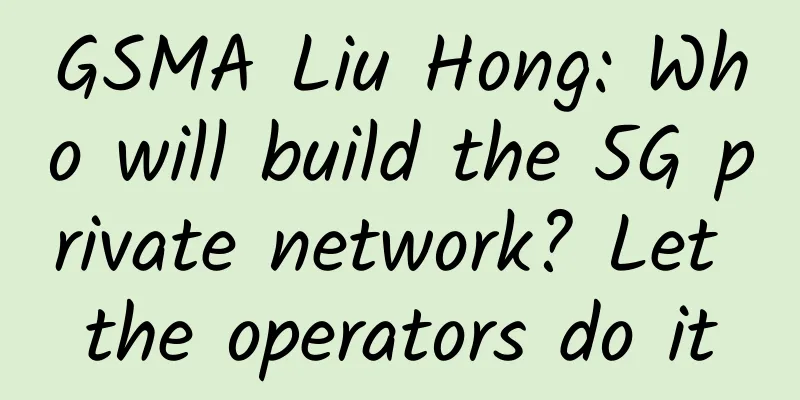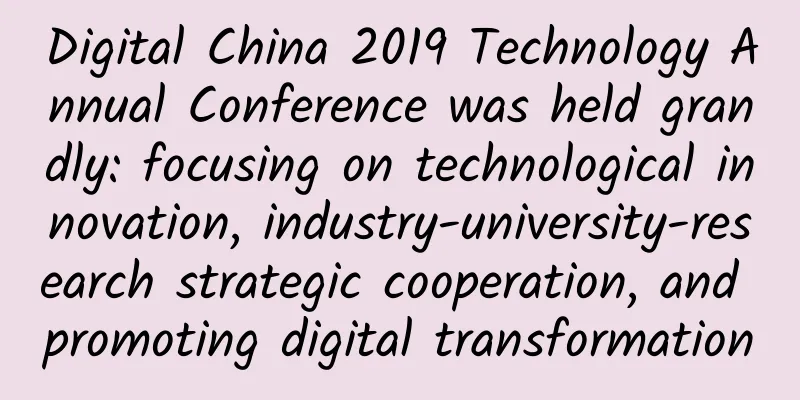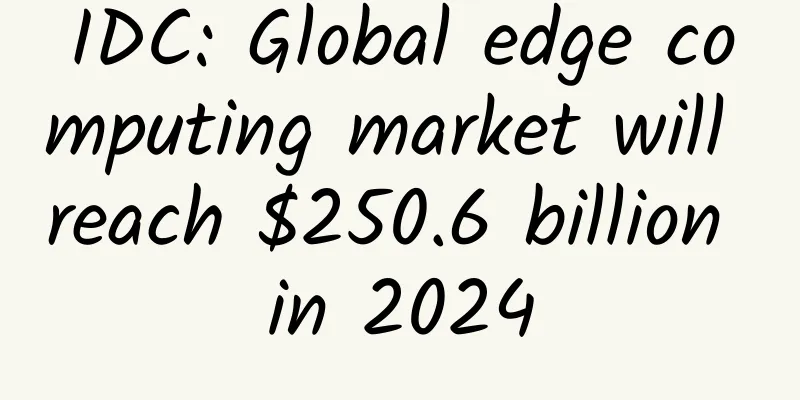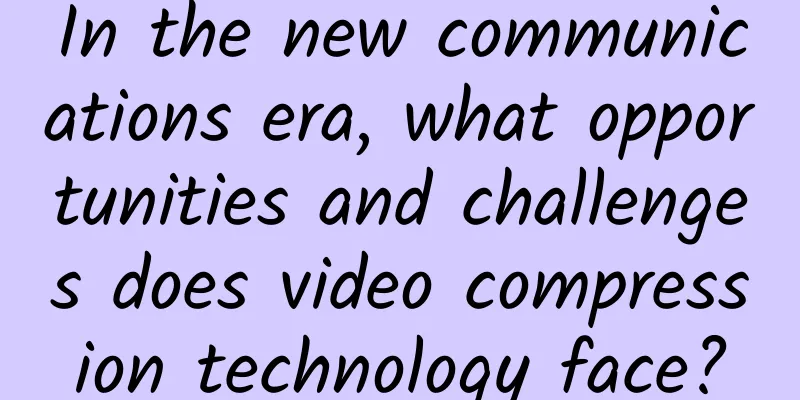TCP three-way handshake: in-depth understanding and C# example implementation
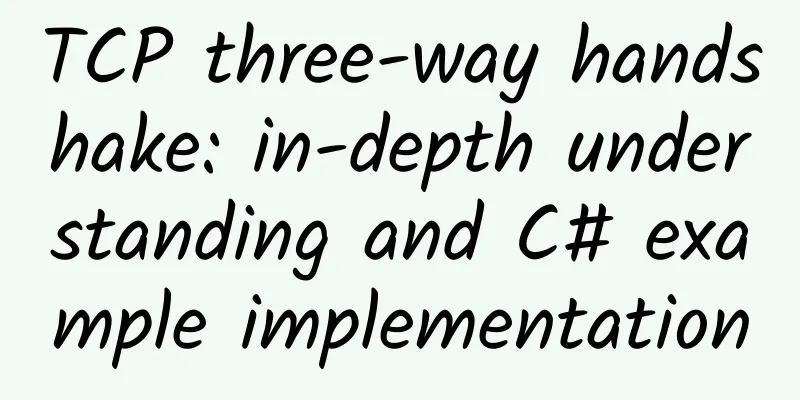
|
In computer network communications, TCP (Transmission Control Protocol) plays a vital role as a connection-oriented, reliable, byte-stream-based transport layer communication protocol. TCP uses a three-way handshake mechanism to ensure that a stable and reliable connection can be established between two communication nodes. This article will explore the principle of TCP three-way handshake and show how to implement this process in practical applications through C# sample code. 1. TCP three-way handshake principleThe TCP three-way handshake is the standard process for establishing a TCP connection in the TCP/IP protocol. It ensures that both parties in data communication can synchronize sequence numbers, laying the foundation for subsequent reliable data transmission. The three-way handshake process can be summarized into the following three steps:
2. Purpose of TCP three-way handshakeThe main purposes of the TCP three-way handshake include:
3. C# sample code to implement TCP three-way handshakeAlthough the TCP three-way handshake is automatically completed in the underlying network protocol stack, we can simulate this process through C# code to deepen our understanding of the principle of TCP three-way handshake. The following is a simplified C# example that shows how to use the Socket class to simulate the connection establishment process between the TCP client and server. Server-side code Note: The server code above does not actually simulate the TCP three-way handshake process directly, because the TCP three-way handshake is automatically completed by the underlying network protocol stack of the operating system. The example here is mainly to show how to use the C# Socket class to establish a TCP connection and send and receive data after the connection is established. Client code In this client example, we also did not directly simulate the TCP three-way handshake process. However, by sending data to the server and receiving a response, we simulated the data transmission process after the TCP connection is established. 4. In-depth understanding of TCP three-way handshakeAlthough the above C# example does not directly show the specific implementation of the TCP three-way handshake, it helps us understand the basic process of TCP connection establishment and data transmission. In actual applications, the TCP three-way handshake is automatically completed by the underlying network protocol stack of the operating system without the need for manual intervention by the programmer. However, understanding the principle of the TCP three-way handshake is crucial for developing high-performance and high-reliability network applications. The TCP three-way handshake ensures that both parties in data communication can synchronize sequence numbers and confirm each other's receiving and sending capabilities. This mechanism is one of the cornerstones of the TCP protocol reliability and provides a solid foundation for subsequent data transmission. V. ConclusionThis article explores the principle of TCP three-way handshake in depth, and shows how to simulate the process of TCP connection establishment and data transmission at the application layer with C# sample code. Although the sample code does not directly implement the specific steps of TCP three-way handshake, it helps us understand the basic process of TCP connection establishment and data transmission, as well as how to use the Socket class in C# for network programming. I hope this article can help readers to have a deeper understanding of the principle of TCP three-way handshake and its implementation in practical applications. |
<<: Germany to remove Huawei equipment from its 5G mobile network
Recommend
Zhang Feng attended the 2019 World Telecommunication and Information Society Day Conference and delivered a speech
[51CTO.com original article] On May 17, 2019, the...
If you were asked to design the SSL/TLS protocol
Preface Speaking of network communication protoco...
7 New Year's Resolutions for the Internet of Things
The beginning of a new year is often a time for p...
[11.11] Megalayer: 60% off Hong Kong/US high-defense servers, 60% off Hong Kong Alibaba/Huawei cloud hybrid servers, US servers 199 yuan/month
Yesterday we shared Megalayer's flash sale du...
spinservers: San Jose 10Gbps bandwidth server starts at $109/month, Dallas 10Gbps server starts at $89/month
spinservers is a site under Majestic Hosting Solu...
Gigsgigscloud's new Singapore cloud starts from $9.8/month, 1G memory, 10G SSD, 500GB/1Gbps monthly traffic
Gigsgigscloud has launched a new Singapore cloud ...
Hosteons Salt Lake City AMD Ryzen Series Promotion $3/month-1GB/20G NVMe/4TB@10Gbps Bandwidth
Hosteons is currently promoting the Salt Lake Cit...
VIAVI releases latest report: 5G network has covered 1,336 cities in 2020
Recently, VIAVI Solutions, a provider of communic...
A brief history of the development of instant messaging (IM)
We are not unfamiliar with instant messaging (IM)...
Misaka: $44/year KVM-2GB/32G NVMe/2TB/Germany (optional CN2)
Misaka is a Chinese merchant (the same company as...
IDC survey: Only 9% of enterprises plan to use 5G for IoT deployment
5G promises to be ten times faster than existing ...
Canadian telecom operator Rogers shuts down its network on a large scale
According to foreign media, Rogers, one of Canada...
What are the differences between WAN, LAN, PAN and MAN?
What is the difference between a wide area networ...
How to protect data in an increasingly insecure environment?
Protecting data is becoming increasingly difficul...
The potential of smart education continues to be released, and 5G brings three major boosts
Education is the foundation of a century-long pla...




![[Black Friday] Zgovps: $12.9/year-1GB/20GB/2TB/Japan IIJ/Germany/Los Angeles AS4837, etc.](/upload/images/67cabcf94e758.webp)
